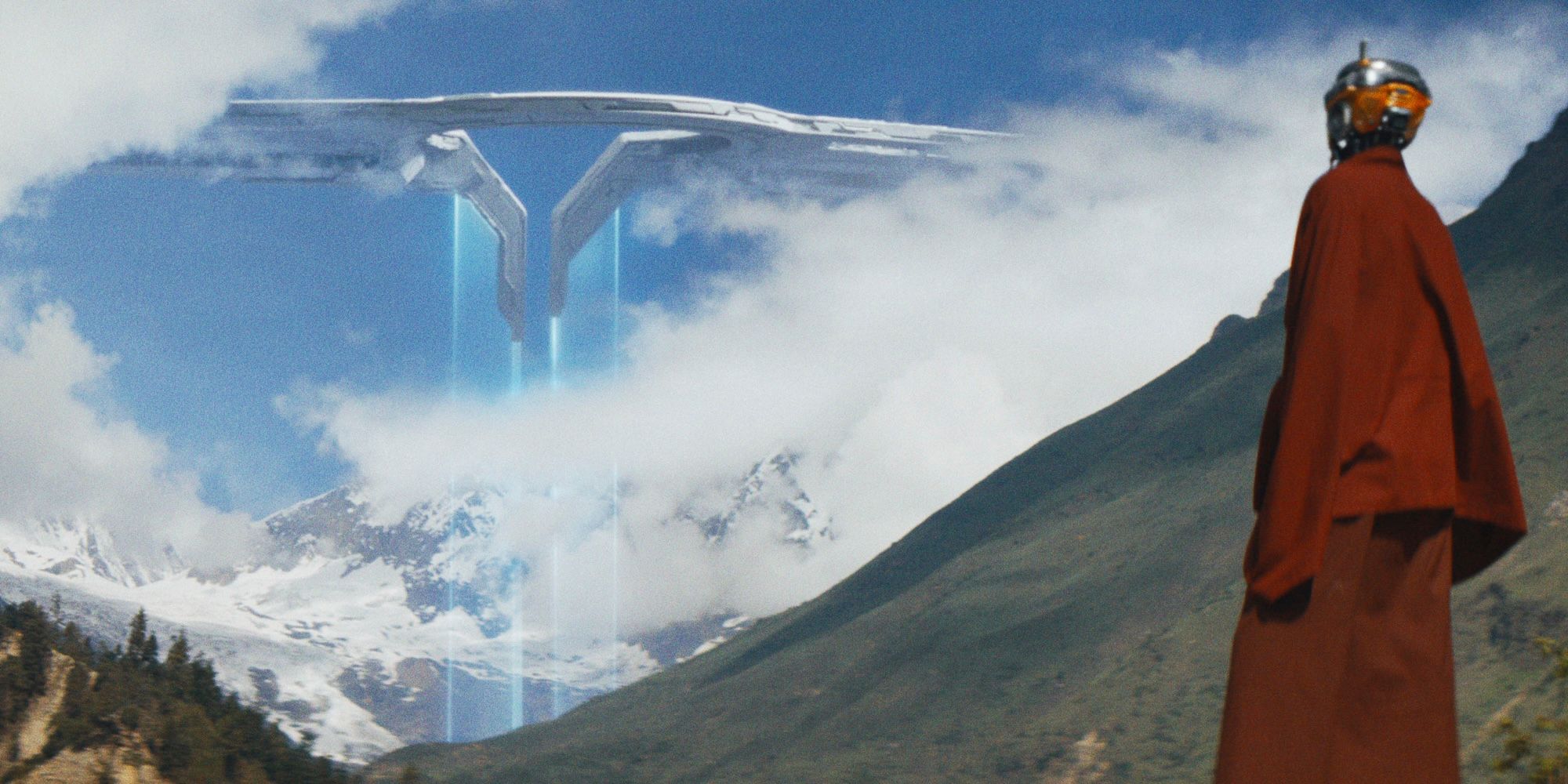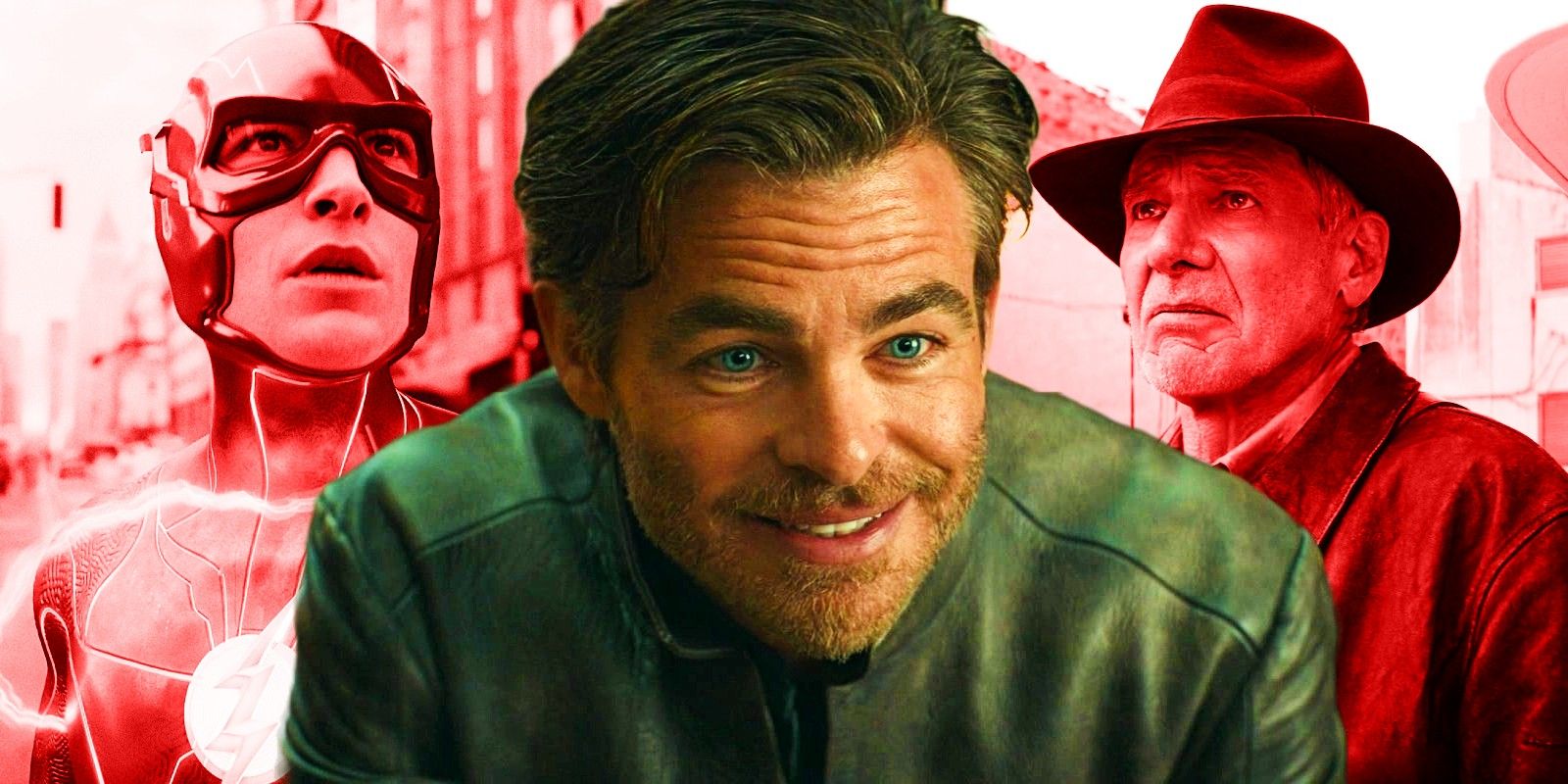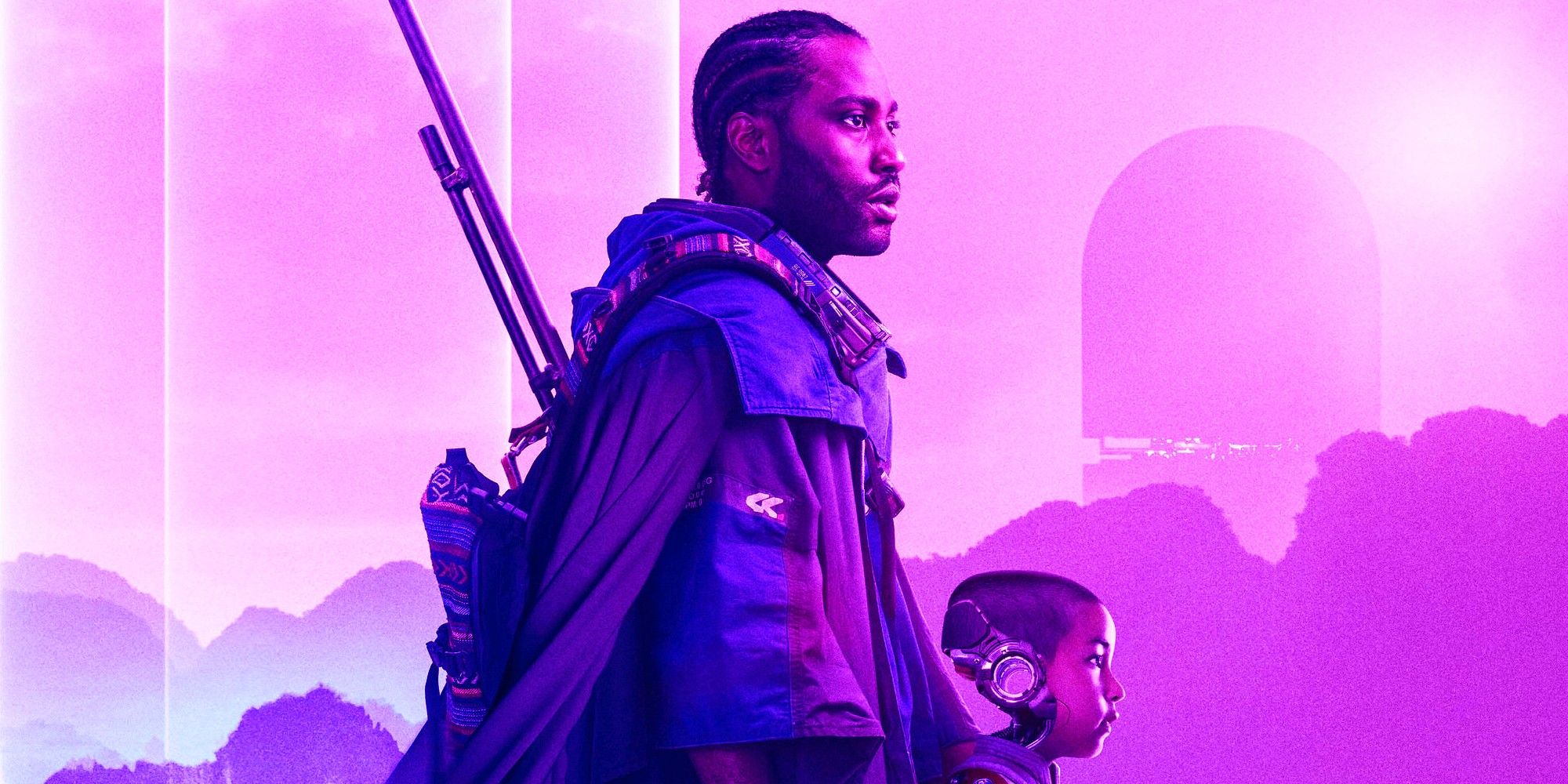Summary
- The Creator is an original sci-fi movie that stands out in Hollywood because it’s not connected to an existing franchise. It showcases the potential of backing original projects.
- The movie’s relatively small budget of $80 million challenges the notion that $200 million budgets are necessary for major blockbusters. It proves that stunning visuals and CGI can be achieved on a smaller budget.
- The success of The Creator highlights the need for lower budgets in dying franchises. A smaller budget could have prevented notable box office flops and allowed for more profitable films in the industry. Studios should learn from its example.
The Creator is the blueprint for a much-needed revolution to fix Hollywood’s budget problem that has plagued the industry for the last few decades. The sci-fi movie from director Gareth Edwards stands out among the pack of other major 2023 releases due to the fact that it is not connected to an existing franchise. In an age where studios have become increasingly obsessed with franchises and using existing IP, The Creator gained notoriety because of how Disney and 20th Century Studios were willing to back the original movie that looked better than most major blockbusters that debut nowadays.
The originality of The Creator‘s story and its A.I. commentary at a time when Hollywood is battling issues with the technology are only a piece of why the movie stands out. Much has been made about the relatively small cost of making the movie. Gareth Edwards confirmed before its release that The Creator‘s budget is only $80 million. While there are plenty of mid-budget movies that are released throughout the year, most of them do not have the level of visual effects displayed here. In a time when movie budgets continue to rise and CGI increasingly becomes the norm, The Creator becomes the lead example of how to fix Hollywood.
Hollywood Is Suffering From Bloated Budgets On Blockbusters
2023 has helped make it clear how much Hollywood is suffering as a result of blockbuster movies’ budgets getting out of control. Hollywood has grown more comfortable with these massive production costs over the years, as Titanic was the first movie to ever have a $200 million budget back in 1997, which was nothing compared to the $2 billion box office haul. This became a sign to studios that they could spend big and reap the rewards. But it took only 10 years for Hollywood to blow past that figure, as Disney made the first movie with a $300 million budget with 2007’s Pirates of the Caribbean: At World’s End.
The next decade and a half of movie-making only made budgets bigger and more bloated. Some notable examples of Hollywood’s increasing spending habits include Pirates of the Caribbean: On Stranger Tides becoming the most expensive movie of all-time with a $379 million budget in 2011, Star Wars: The Force Awakens costing $447 million in 2015, Jurassic World: Fallen Kingdom having a budget of $432 million in 2018, Avengers: Infinity War and Avengers: Endgame splitting a $1 billion production cost, and Avatar: The Way of Water‘s budget rising to $350 million. Through these movies and many others, the extensive use of CGI and comfort to do major reshoots drove prices up.
Now, there have been a handful of 2023 movies alone with major budget problems. Fast X‘s production cost ballooned to $340 million, making its $704 million box office a disappointment. Indiana Jones and the Dial of Destiny‘s budget rose to $295 million, which made its $383 million box office one of the year’s biggest flops. Mission: Impossible – Dead Reckoning Part 1 also had a ridiculously high budget of $291 million. Meanwhile, Disney made Guardians of the Galaxy Vol. 3 and The Little Mermaid for $250 million each, and The Marvels‘ budget is even higher. Aquaman and the Lost Kingdom also has a budget of well over $200 million.
The Creator Proves $200 Million Budgets Aren’t As Necessary
While The Creator‘s box office performance might mean Hollywood is cautious to learn too much from it, the movie is still proof that the regularly accepted $200 million budgets are not as necessary. Instead of studios attempting to find ways to make their movies cheaper, the entire industry has grown comfortable with the fact that any major blockbuster is going to cost at least $200 million nowadays. These costs are typically associated with extensive CGI, A-list casts, and other factors. However, The Creator proves that stunning visuals mixed with CGI can still be achieved on a massive scale for a fraction of the cost.
This is not to say that Hollywood has to completely get rid of the $200M+ movie budgets, as there are inevitable exceptions. Movies like Avatar 3 and Avengers: Secret Wars are going to cost well over $200 million by the time they come out, but both of those movies are the types of tentpole movies that are all but guaranteed to be massive box office hits. The limits to movie budgets in Hollywood instead need to come with other franchises that are floundering. Bigger budgets do not guarantee a better movie, but if The Creator can look better than the vast majority of $200 million movies on a significantly smaller budget, Hollywood needs to take notes.
Lower Budgets Will Help Fix Dying Franchises & Avoid Bigger Flops
The timing of The Creator‘s smaller budget making waves is perfect, as there are several franchises that can be saved by applying a similarly frugal mindset. Imagine if Indiana Jones and the Dial of Destiny, Fast X, or Mission: Impossible – Dead Reckoning Part One were made half of their final budgets. All three would have cost around $150 million to make. This would keep each installment from being among 2023’s biggest box office bombs. This would certainly mean changes to each movie, but that could have been for the best. If The Flash was made for significantly less than $200 million, a smaller story and less wonky CGI could have saved it.
Lower budgets on most major blockbusters would be better for the entire industry. Superhero movies and franchises currently hold a ton of weight in Hollywood because they cost the most money to make and need to make significantly more to be a success. Their success allows studios to take chances on other obscure projects that might not be as successful. However, the ballooned budgets and diminishing box office returns make that more difficult. Anything from Transformers: Rise of the Beasts to Blue Beetle having smaller budgets more in line with The Creator would help these movies become profitable more regularly.
What Hollywood Can Learn From How The Creator Was Made
How The Creator was made for a relatively modest budget provides Hollywood with massive lessons that can be learned. These range from shooting on location more to limit the need for as much CGI to using different cameras and filming techniques to keep costs down when possible. The Creator was shot with a cheaper camera that can be purchased at major retail stores instead of a massively expensive camera, and yet it still looks incredible on the biggest screens. There is no reason that Hollywood should not look at what Gareth Edwards and cinematographers Greg Fraser and Oren Soffer accomplished with their VFX teams and find ways to replicate the realism.
Using these various techniques and applying them to future movies that have not already been made would be great for Hollywood. Instead of upcoming movies like Fast 11 and Transformers 8 doubling down on massive budgets and hoping for a bigger box office return, it would be smarter for both movies to be stripped down in some capacity to be more in line with The Creator. It might not be realistic for these movies to be made for under $100 million, but managing the costs better is doable. The key to fixing the problem could come with increasing the length of the development and pre-production process.
Hollywood studios have become used to releasing new installments of their biggest franchises every two to four years in most cases. However, this often means that the entire process of developing, filming, and releasing a movie is rushed. The Creator was in development for over two years before any filming was done, but that gave Edwards and his team time to completely understand what movie they were making. Production lasted five months, and there was an additional 16 months of post-production then. Perhaps The Creator‘s longer-than-usual development played a part in keeping the budget low by finding solutions to problems before they ever came instead of scrambling during filming or in post.



